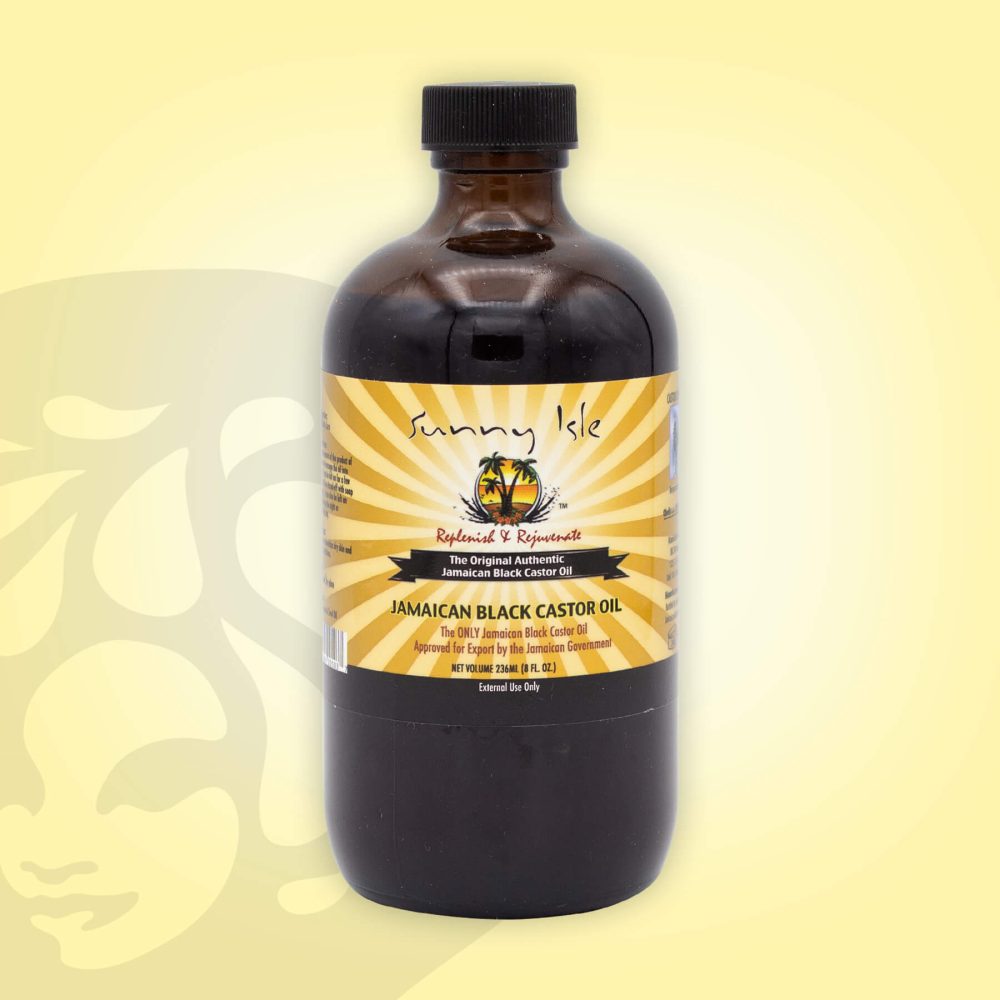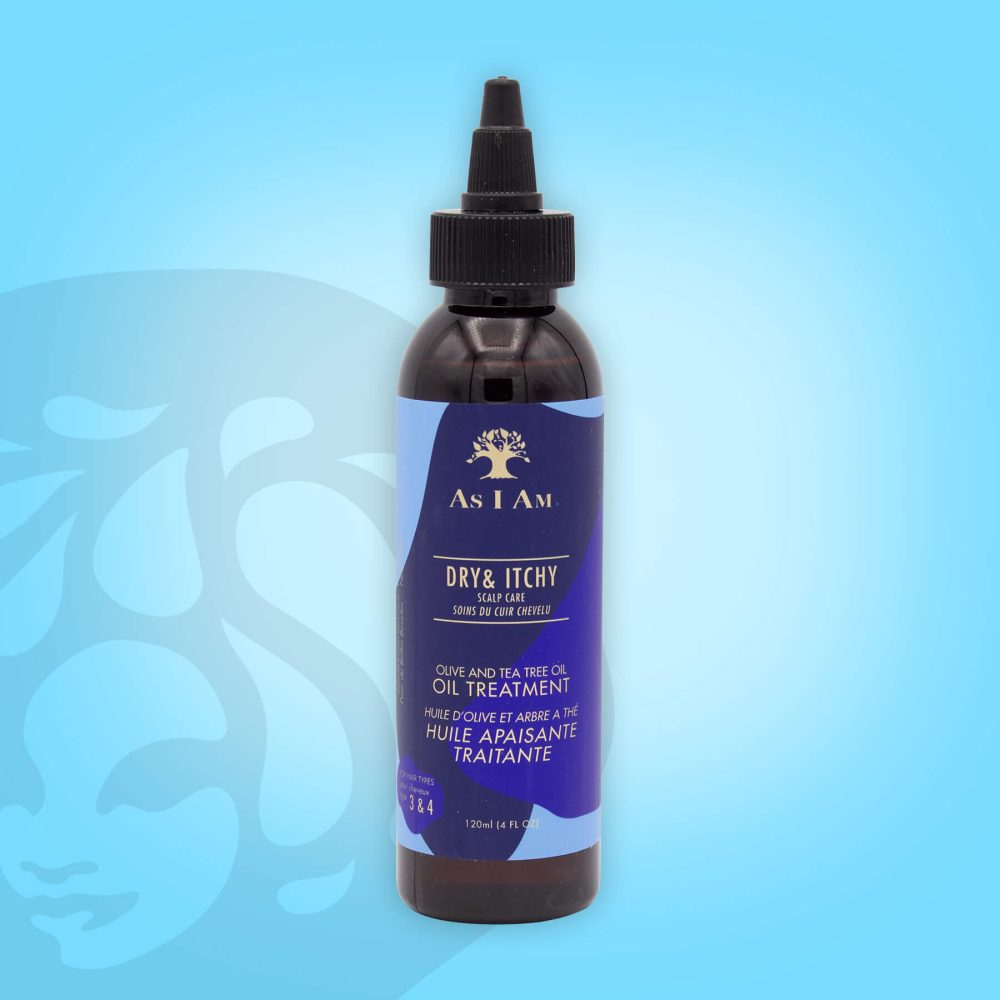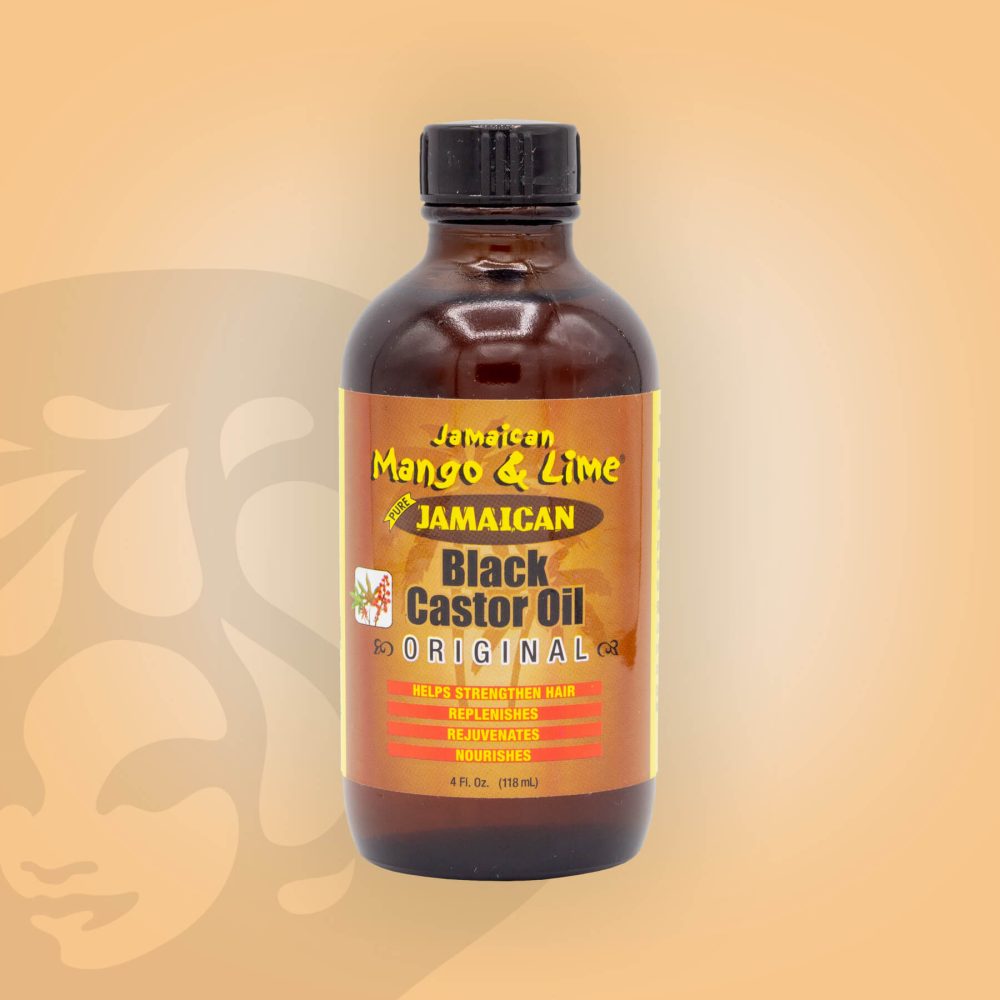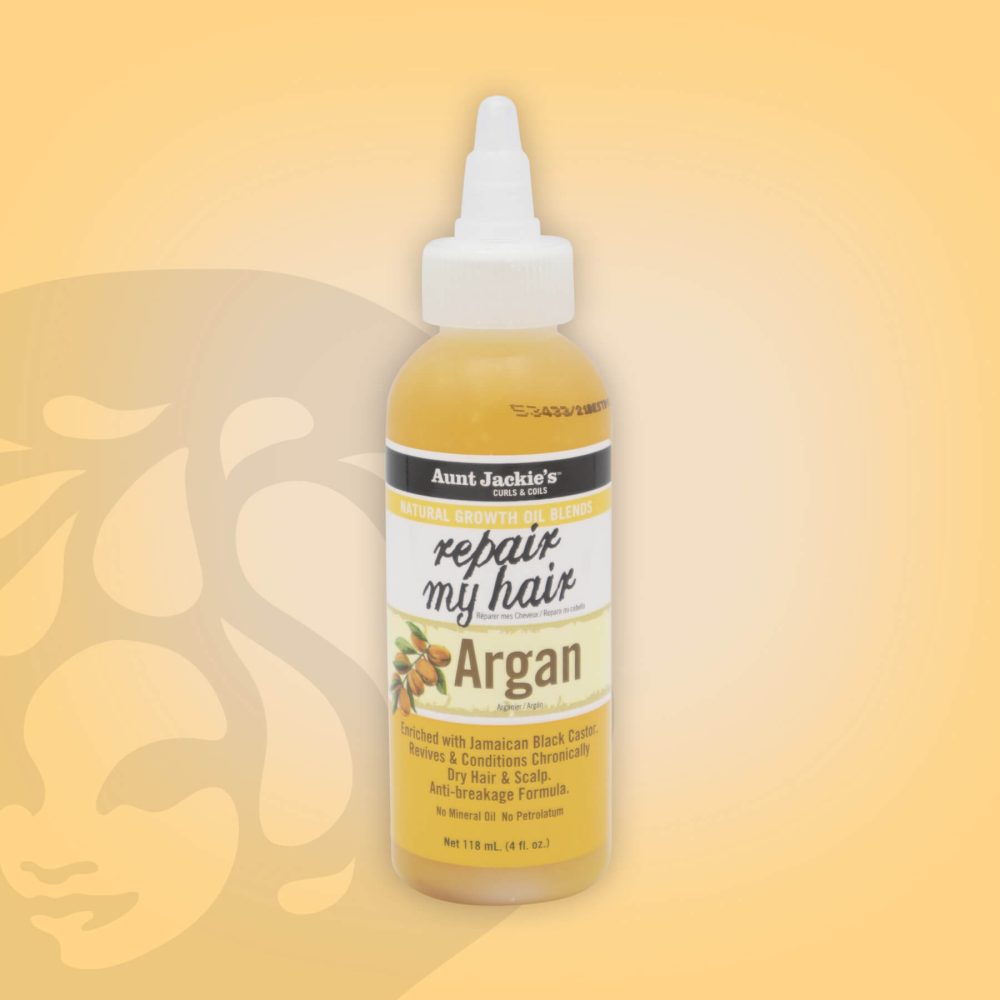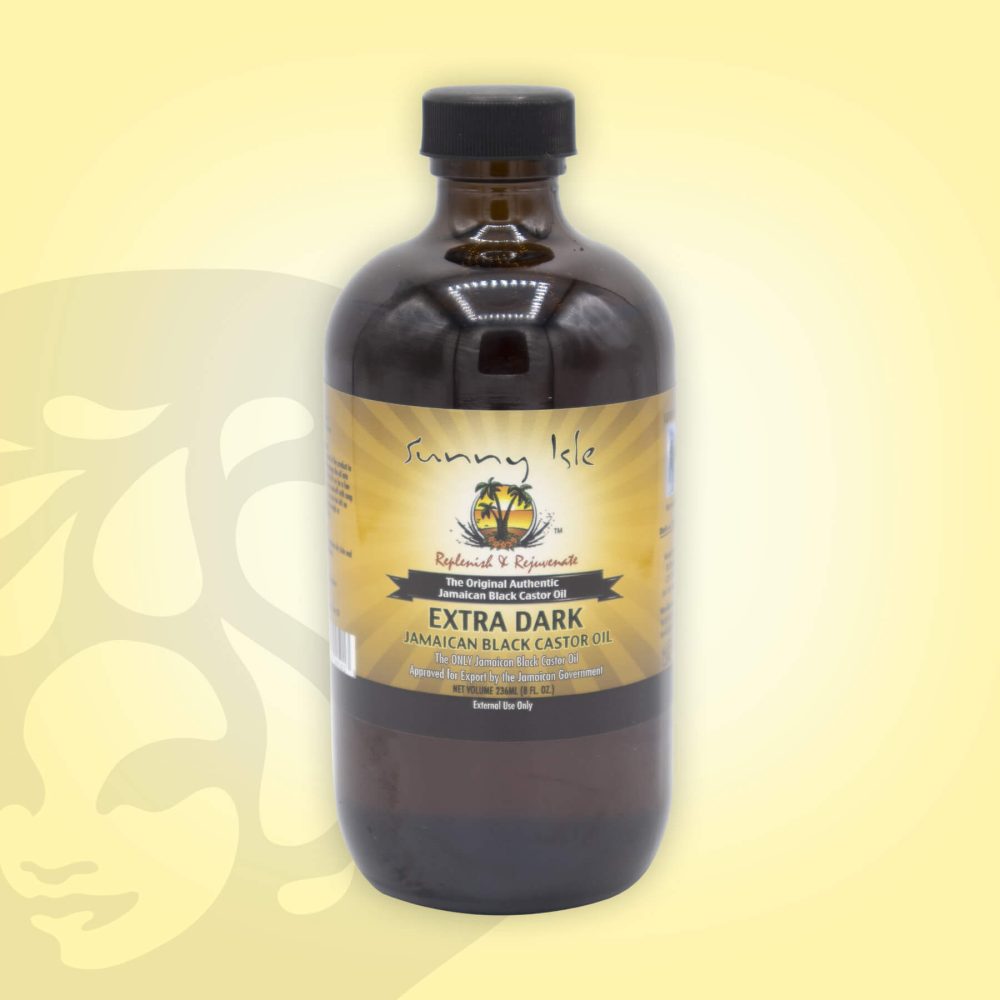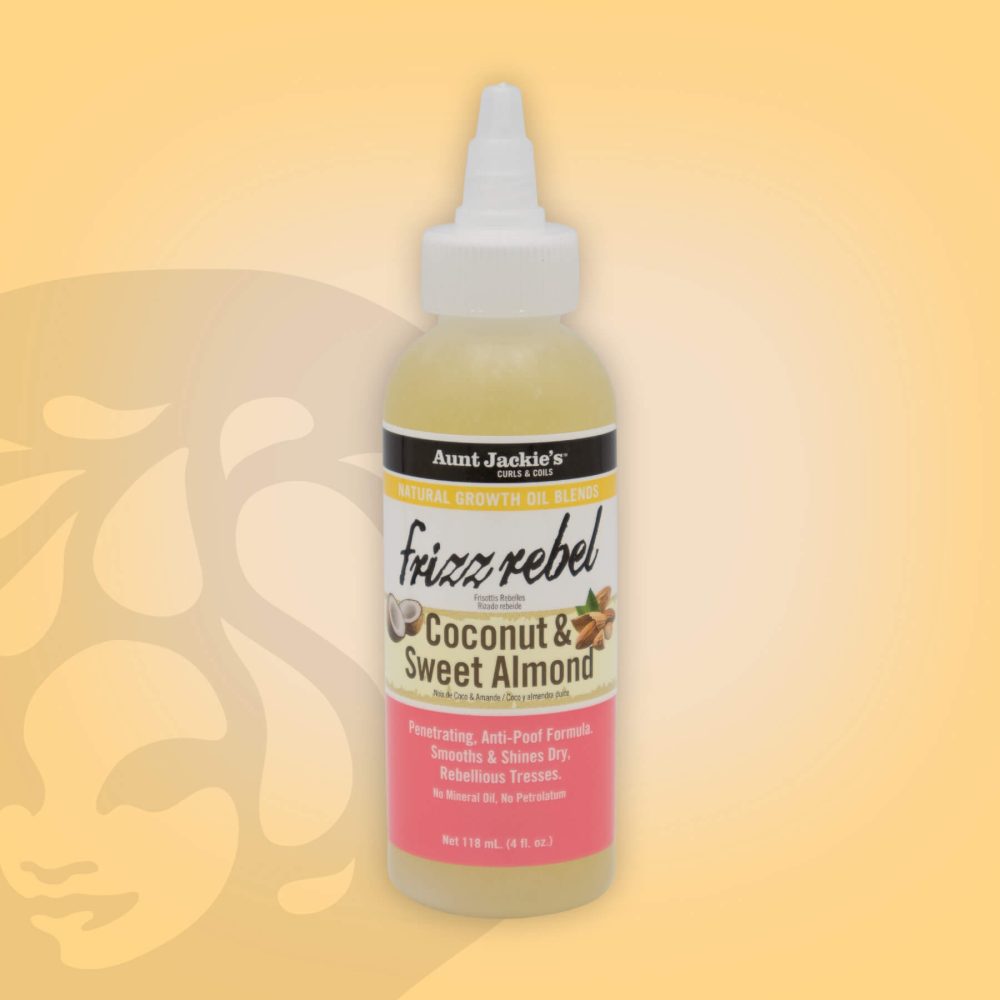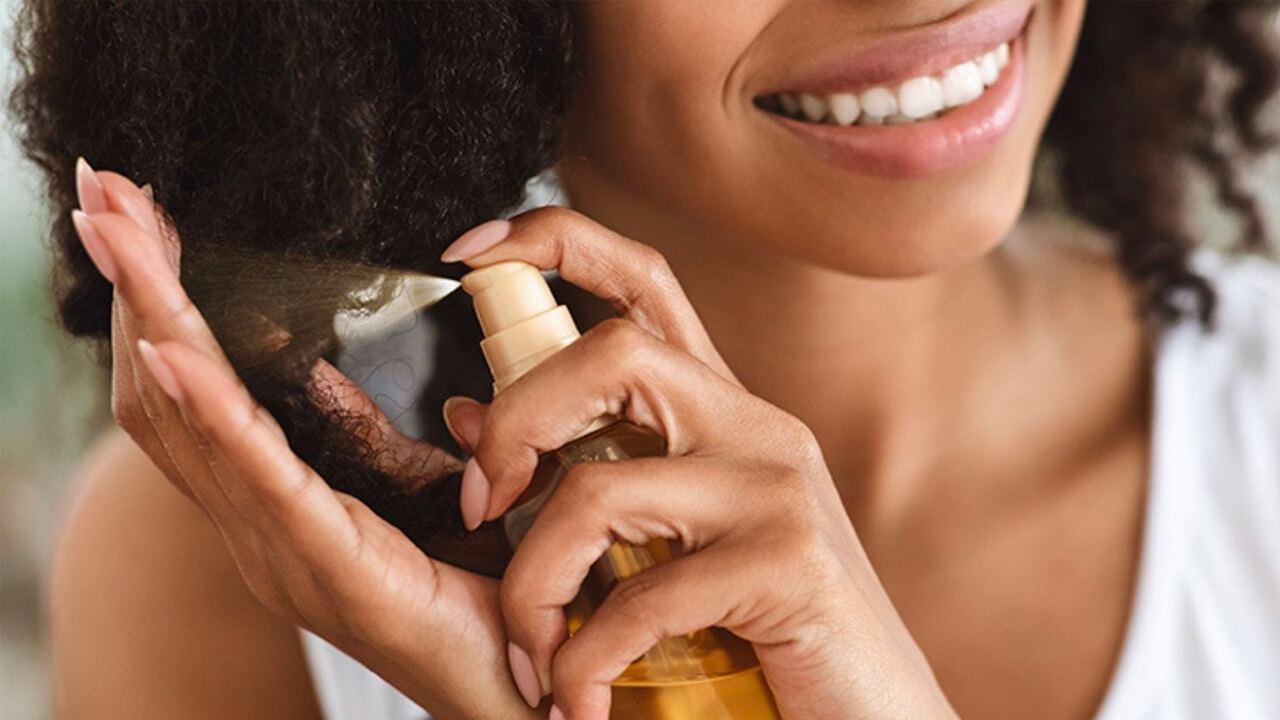Instead of using all manner of hairstyles to hide your receding hairline, grow your edges. It’s possible, and it’s not a secret.
It’ll take a good hair care routine, excellent edge-growing products, and patience. That’s three simple ingredients.
As you work on patience, allow us to furnish you with the first two requirements.
Let’s start with the basics:
What Makes Our Edges Thin?
Hair Loss
There are many reasons for hair loss, and some problems affect the whole head instead of the hairline only. Let’s look at a few that may cause a receding hairline.
Telogen Effluvium
Hair grows in stages. The first stage, anagen, is when hair strands grow out of the follicle. This stage can last up to seven years or up. Then, the strand passes to the catagen phase, where the growth process slows down considerably. It stays in this phase for about ten days, detaches from the follicle but doesn’t fall out.
Next, the strand moves to the telogen phase, the resting mode. This phase lasts about three months, and the hair follicle can grow a new strand while the old one is in the telogen stage. After that, the old strand falls off, and the cycle continues for the new one.
Imagine a scenario where almost 70% of your hair moves to the telogen stage prematurely. That’s telogen effluvium. It can happen due to stress, childbirth, high fever, and other conditions.
Traction Alopecia
There are many types of alopecia conditions, but the one that’s likely to damage your edges is traction alopecia.
It refers to hair loss from tension on the scalp due to tight hairstyles, hair extensions, and chemical relaxers.
Damaging Hair Products and Tools
Some slicking gels leave your hair dry and brittle. They induce breakage. On top of that, you may be using stiff bristles that tug the fragile strands.
Chemical Relaxers
They might be the reason your edges won’t cooperate because you burned the hair follicles during frequent chemical treatments.
Over Styling
If you lay your edges every day, you cause product buildup and weaken the fragile hair on your hairline.
Onto:
Which Hairstyles Are Bad for Edges?
Sometimes, the hairstyle is okay, but you wear it for too long that the new growth adds weight to your tresses that your scalp can’t hold. Overall, you may have short temple hair if you love:
Ponytails
A tight ponytail pulls the fragile hair at the temple a bit too much.
Braids
Braiding is one of the most stylish protective styles, but one that can leave you with a non-existent hairline.
Weaves
When you brush your weave vigorously, it pulls your natural hair underneath, and the follicles take longer to recover.
Locs
Yes, if you’re styling your locs, there are chances of pulling the fragile hair at the temple.
Also, friction is a menace. Whether there’s friction between your hair and your pillow or your hairband, it may cost you a few strands. If your hair bonnet isn’t silk or satin, ditch it.
We need to rush to the good stuff, such as the products you can use to grow your edges. Before that:
How Long do Edges Take to Grow Back?
It depends on so many factors. For starters, if you have a medical condition like stress, you may want to treat it first, even as you worry about your edges. Secondly, if you have a traction fringe, there’s some hair on your scalp compared to the bald surface left by chemical relaxers.
On top of that, your natural hair growth rate applies. Hair grows an average of half an inch per month. It can take about three months to see meaningful growth. As we mentioned, you need patience.
I mean, look at Temitope Adesina’s hairline. Who’d hate such healthy-looking edges? It took her four years to grow chest-length hair after her big chop. She says hair grows when you stop manipulating it.
https://www.instagram.com/p/CVTctCslkJ1/
Her YouTube channel, NaturallyTemi, has all manner of helpful tutorials for naturalistas. For instance, she explains how she grew her 4C hair in 4 years from 2012 to 2016, and you’ll need to watch it if you’re struggling with length.
What Are the Best Products to Grow Edges?
Albert Einstein said, “we cannot solve the problems using the same kind of thinking we used when we created them.”
Therefore, you have to change some products and habits.
Remove:
Sulfate Shampoos
Such shampoos dry your scalp causing hair breakage. Replace them with a shampoo rich in natural oils like shea butter to increase hair moisture and stimulate your hair follicles to restart the growth process.
Mineral Oil
It’s popular in edge balms, but it’s harmful. You’ll get a protective coating that’ll prevent moisture loss, but this layer won’t let moisturizing ingredients reach the hair shaft. Therefore, you’ll have slick hair that’s dry and unhealthy.
Bad Alcohols
There’s alcohol in edge control products because it evaporates fast and leaves the holding agents on your hair. The problem is, are you laying your edges with bad or good alcohols?
When a product offers maximum hold, you may want to look at the alcohols in it for names like ethanol alcohol, isopropyl alcohol, and benzyl alcohol. They are harmful.
Add:
Natural Oils
Black castor oil is one of my favorites. I like doing a deep temple massage once a week. Initially, I was doing it daily until small strands popped out of the follicles damaged by loc styling. The idea is to improve blood circulation on your hairline so that hair follicles can do what they’re supposed to do.
Our best selling oils for natural hair
Mielle Organics Rosemary Mint Scalp & Hair Strengthening Oil
£10.99This is the hair and scalp oil that’s SO GOOD you keep it hidden from your friends and family. It smells refreshing, strengthens hair, helps prevents breakage and has a great cooling sensation too. Oh, it’s loaded with incredible ingredients too. It’s an absolute gem and perfect for protective styling.
Sunny Isle Jamaican Black Castor Oil
£5.99The original and the best, and did we mention it does absolutely everything? From your hair, eyelashes, brows, beards and skin care in one bottle!
As I Am Dry & Itchy Scalp Care Olive & Tea Tree Oil Treatment
£10.99Lightweight, nourishing and it specifically combats dandruff and dry scalp too! It’s the triple threat. Tea tree oil is also a natural antibacterial too so it helps to keep your hair cleaner between wash days.
Aunt Jackie’s Kids E-Blast Vitamin E & Flaxseed Scalp Therapy Oil
£5.49Tailored for kids hair that’s natural, curly, or in an afro. Gives your little one’s scalp an all-natural, soothing treat every day. With a gentle, tear-free formula, you forget all about bath time tantrums. This oil moisturises the scalp, preventing itchiness and dryness, with results after just one use.
Jamaican Mango & Lime Original Black Castor Oil
£5.99It’s a best seller, it’s super-versatile and when it does everything so well it’s so easy to see why!
Aunt Jackie’s Repair My Hair Argan Natural Growth Oil
£5.99Most hair could use some support in the growth department – and Aunt Jackie’s Repair My Hair Argan Natural Growth Oil is the perfect tool for stimulating faster growth, shine, and softness. You can use this powerful oil-based elixir to keep your tresses healthy, strong, and irresistibly long. Gives you fab hair, fact!
Sunny Isle Extra Dark Jamaican Black Castor Oil
£5.99Approved exportsStraight from Jamaica, the ultimate hair sealant, is proven to encourage hair growth and it’s one of the most versatile oils in the world of textured and afro hair care (it’s also great for your skin too); seriously – what’s not to love!
Aunt Jackie’s Frizz Rebel Coconut & Sweet Almond Oil
£4.99Move aside, frizz – there’s a new boss in town! Aunt Jackie’s Frizz Rebel Coconut & Sweet Almond Oil combats frizz, dryness, and curl shrinkage for a happier, healthier, and bouncier head of curls. Ka-boom!
Another popular oil is peppermint, whose antibacterial properties deter scalp conditions like flakes that may prevent new hair strands from popping out of the hair follicles.
Also, consider monoi oil for its non-comedogenic properties that prevent clogging the same hair follicles you want to stimulate. This oil combines tiaré flower with coconut oil, so you’ll get the anti-inflammatory benefits of coconut oil to treat contact dermatitis. Plus, this oil is rich in proteins.
I also love rosemary oil as it promotes growth and thickens hair. But you have to mix it with a carrier oil like jojoba, olive, almond, or coconut oil.
One product that combines most of these oils is Mielle Rosemary Mint Strengthening Edge Gel.
It has hair growth oils like castor, rosemary, peppermint, coconut, and olive oil. Plus, it contains biotin to promote the production of keratin, which is hair’s protein. It has no parabens, no sulfates, and it’s for 3A to 4C hair.
One last thing:
Final Thoughts
A diet rich in proteins, vitamins, and minerals can provide nutrients for your hair. For example, vitamin B and fatty acids deficiency may cause hair loss. Vitamin A helps produce the natural moisturizer called sebum, vitamin B improves blood circulation, and vitamin E is an antioxidant.
With that foundation laid, massage your edges with natural oils that boost hair growth and blood circulation. Cheers to natural, healthy-looking edges!

